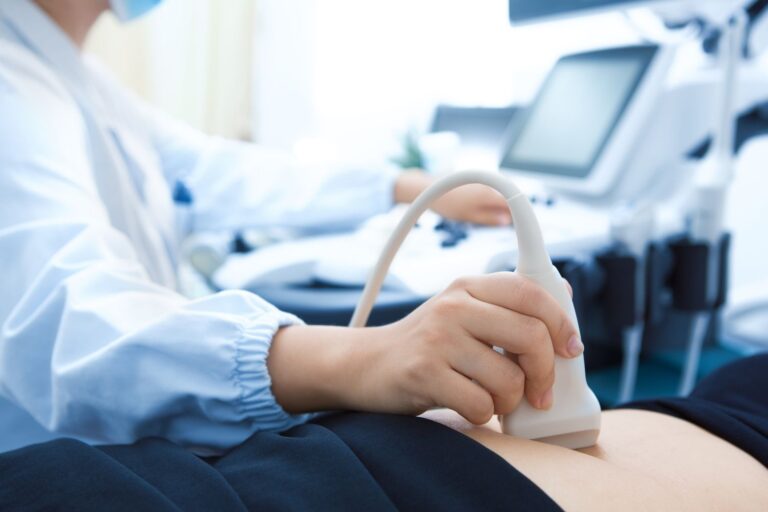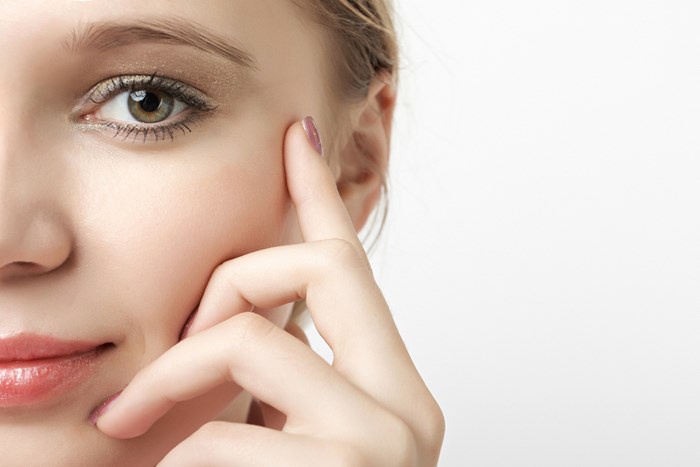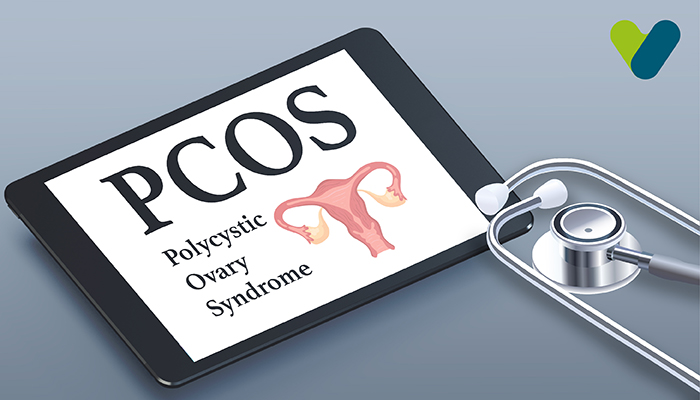A hair damage serum focuses on restoring the health of hair strands weakened due to heat styling, chemical treatments, environmental stress, or over-washing. These serums usually contain keratin, amino acids, and nourishing oils that smooth frizz, seal split ends, and improve elasticity and smoothness. They form a protective layer over the hair, shielding it from further damage while enhancing shine and softness. This makes damage serums ideal for those with brittle, dry, or over-processed hair.
What Does a Hair Growth Serum Do?
In contrast, a good hair growth serum targets the scalp and hair follicles to stimulate growth. These serums often include caffeine, biotin, plant extracts, or peptides that improve blood circulation, strengthen roots, and extend the hair growth cycle. The primary goal of a growth serum is not to treat split ends or frizz but to encourage new, healthy hair growth and reduce hair thinning.
Can One Serum Do Both?
Some advanced formulations combine both functions—protecting against damage and promoting hair growth. However, depending on your hair goals, you may still benefit from using two separate products or alternating their application throughout the week.
Conclusion
The key difference between damage control and growth serums lies in their focus: one repairs the hair shaft, while the other nurtures the scalp and roots. Understanding your primary hair concern—breakage or hair loss—will help you choose the right serum for maximum benefit. And for those looking for a versatile solution, some serums like Follicle Lab’s offer a balanced approach to repair and regrowth.
While growth serums aim to boost new hair, damage control serums are crucial for addressing the consequences of habits outlined in Top 10 Hair Care Mistakes You Didn’t Know Were Damaging Your Hair. These mistakes often lead to the very issues that damage serums are designed to correct.









